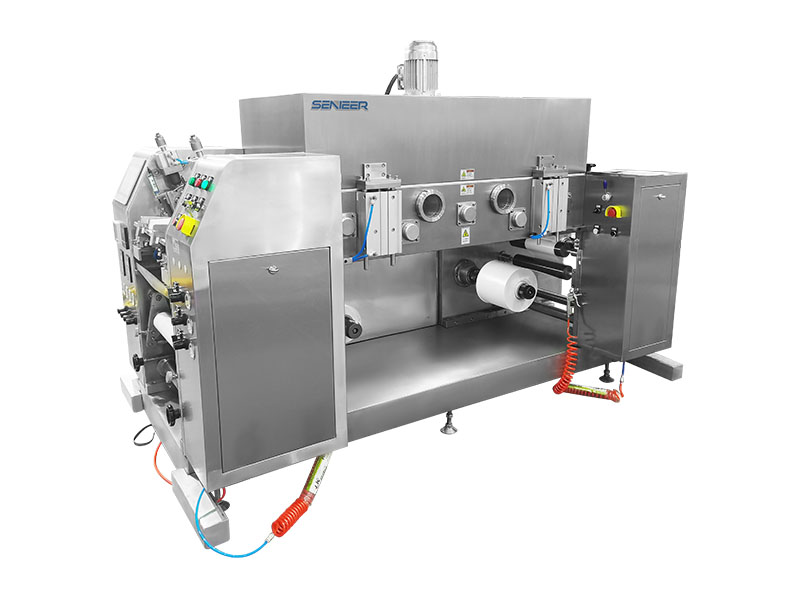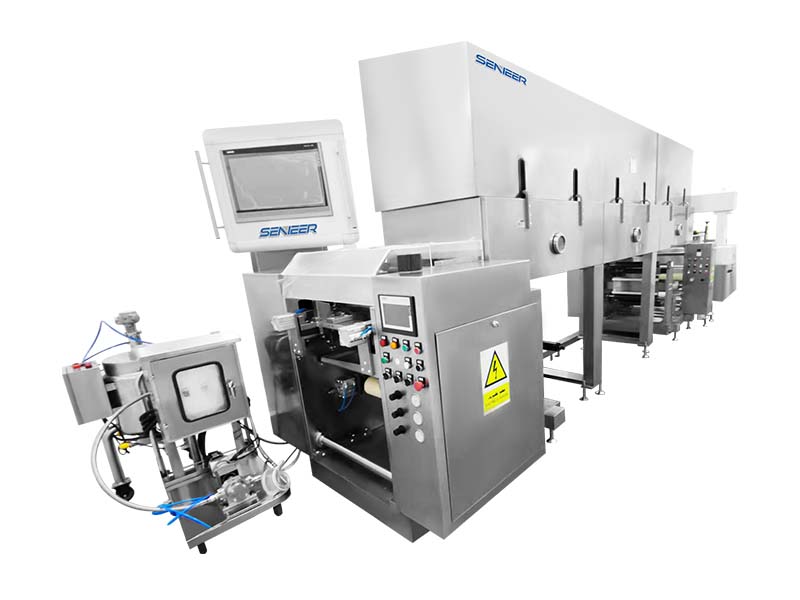The most popular method of administration is oral since it relieves gastrointestinal discomfort, reduces pain, can accommodate a variety of medication options, and is most critical for patient compliance. Because they don’t require sterile conditions, solid oral delivery devices may be produced at a low cost. Liquids, powders, tablets, and granules are often used to give pharmacological doses.
The ingestion of pills and capsules might be difficult for certain individuals, particularly elderly and young people. Some patients are consistently reluctant to take effective medications.
By virtue of its quick disintegration and ability to be administered without chewing or swallowing, oral fast dissolving medication delivery systems are a particular way to promote patient compliance in this situation. Modified release dosage forms and oral disintegrating films have replaced traditional dosage forms for oral medication administration, which formerly used oral disintegrating tablets.
The majority of dissolving pills are brittle and light, necessitating specific storage and shipping packing. Oral films, however, are easier to handle and more flexible.
A dosage form that uses a water-dispersible polymer to immediately hydrate by saliva, cling to mucosa, and dissolve within a few seconds, as well as dissolve and release medicine for oral mucosal absorption when put on the tongue or oral cavity, is known as an oral disintegrating film or strip. Given its thin membrane and numerous big veins, the sublingual mucosa is more porous. Because of the quick blood flow, it provides immediate medication bio-availability.
Advantages
The following are a few unique benefits oral films have over other oral dose forms:
- Because to their wide surface area, they dissolve and disintegrate quickly in the oral cavity, reducing the time between doses and improving the therapy’s effectiveness, safety, and efficacy profiles.
- The accuracy of the supplied dose is guaranteed from every strip or film, and oral films are easier to handle, store, and carry than ODTS.
- The use of OTFs in place of traditional OTC dosage forms like tablets and capsules has been virtually accepted by pharmaceutical firms and consumers.
- Patients with mental problems, dysphagia, recurrent emesis, and motion sickness might consider oral films.
- From a business perspective, oral films provide fresh opportunities for growth in areas like product marketing and differentiation.

Disadvantages
The primary drawback of this distribution method is that excessive doses cannot be included into strips or films. Despite the fact that each Gas-x thin strip from Novartis Consumer Health contains 62.5mg of simethicone, there are still a number of drawbacks to using film strips.
Oral Film Classification
Oral films might be of three different kinds:
1. Flash release
2.Wafer with mucoadhesive melt away
3.Wafers with mucoadhesive sustained release
Uses For Oral Films In Drug Delivery
When treating conditions including pain, allergies, sleep disorders, and CNS diseases, oral medication administration via the sublingual, mucosal, and buccal routes becomes the preferred method.
For topical applications, oral films are the best way to administer active substances, such as analgesic or antibacterial compounds, for the treatment of wounds and other purposes.
Film format is used for gastroretentive dose systems and water and poorly soluble compounds with various molecular weights. Oral films, which are used to treat digestive diseases, may dissolve when the pH or enzymatic secretion of the GIT rises to a certain level. Diagnostic tools, oral films filled with delicate chemicals to provide controlled release confronted to biological fluid for separating many reagents to permit a timed reaction inside diagnostic tool.
COMPONENTS OF ORAL STRIP FORMULATION
- Active pharmaceutical ingredients
- Strip-forming materials
- The plasticizers
- Sweetening substances
- Saliva-stimulating substances
- Flavoring substances
- Coloring substances
- Thickening and stabilizing agents
These are the several categories for oral film-making techniques:
Solvent casting and semi-solid casting are the two casting methods.
Extrusion:
a) Hot melt extrusion
b)Solid dispersion extrusion
Casting and drying are two rolling techniques
Casting And Drying
a) Solvent-Casting Technique
The solvent-extraction procedure, which involves dissolving water-soluble components to create a clear viscous solution, is mostly used to manufacture the oral film. In a little amount of solution, the pharmaceutical’s active component is dissolved, and then additional ingredients are added. Aqueous solution is then added to this combination. The solution is then cast as film, dried, and finally cut into the necessary sizes once the entrapped air has been
released.
b) Semi-Solid Casting
In the semi-solid casting process, a solution of a water soluble film-forming polymer is first made. The resultant solution is then added to insoluble polymers like cellulose acetate butyrate, cellulose acetate phthalate, etc., that have been produced in sodium or ammonium hydroxide. To obtain gel mass, add plasticizer in the correct quantity. Lastly, use heat-controlled drums to cast gel material into films. The film is between 0.015 and 0.05 inches thick.

Extruction
(1) Hot-Melt Extrusion
To create granules, prolonged release tablets, trans dermal and transmucosal drug delivery systems, hot melt extrusion is a commonly used approach. The heating technique is used to mold a polymer into a film during the processing of films. The extruder transported, mixed, and melted the drug carrier mix once it had been added to the hopper. then melt in the required film form using a die.
(2)Solid-Dispersion Extrusion
This process involves dissolving the medication in a suitable liquid solvent first, and then adding the solution to a PEG melt that is below 70°C. The chosen drug or solvent might not mix well with PEG melt, and a drug’s polymorphic form that has precipitated in a solid dispersion might be impacted by the solvent.
Rolling Technique
In the rolling process, film is created by first preparing the premix, adding the active ingredient, and then forming the film. Pre-mix batch components fed to the master batch feed tank include film-forming polymer, polar solvent, and other additives besides API. The master batch is then supplied in a specified quantity using a metering pump and control valve. The necessary quantity of the medication is introduced to the mixer, which is then mixed for long enough to create a homogenized matrix. Via a second metering pump, a precise amount of matrix is pumped into the pan. The film’s thickness was determined by the metering roller. Finally, the film is created on the substrate and removed by the support roller. Utilizing controlled bottom drying, the wet is dried.
Why Should You Choose SENIEER?
Senieer, a global manufacturer and provider of pharmaceutical equipment, including tablet coating machines, offers a ONE-STOP SOLUTION. Senieer is the leading global partner for pharmaceutical, food, chemical, and cosmetics firms. For almost 34 years, Senieer has primarily focused on solid dosage forms in China. Dependable integrated process solutions. We produce equipment in compliance with international standards such as GMP, cGMP, and the US FDA.
Members of the Senieer technical team enhance one-stop solution services for large-scale projects, from consulting through design. We fully fulfill your approach and requirements for resolving all of your concerns.










